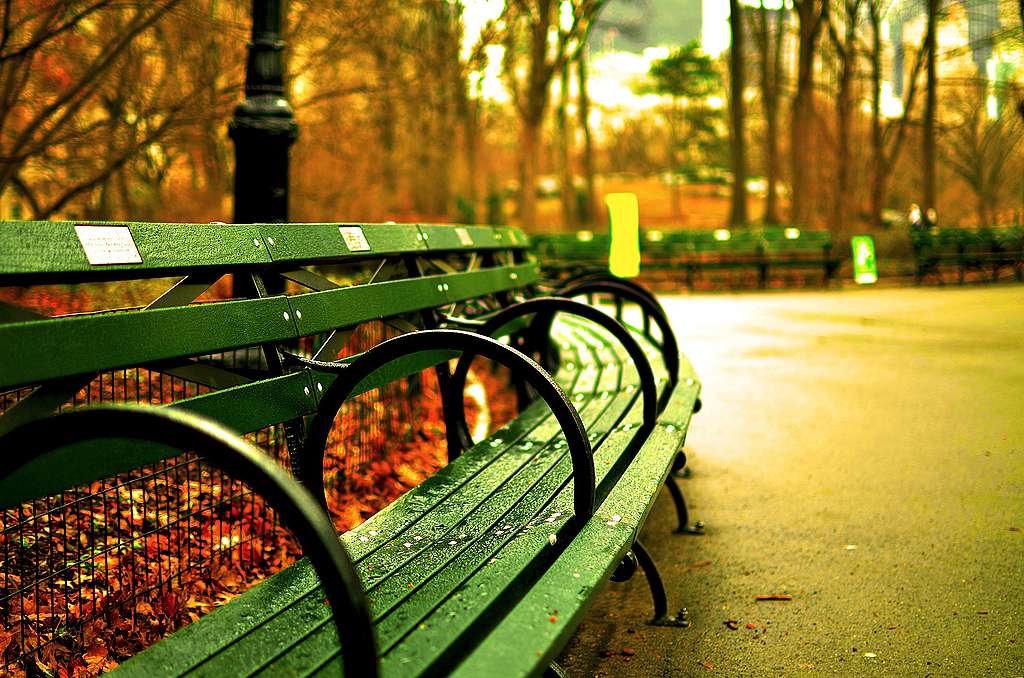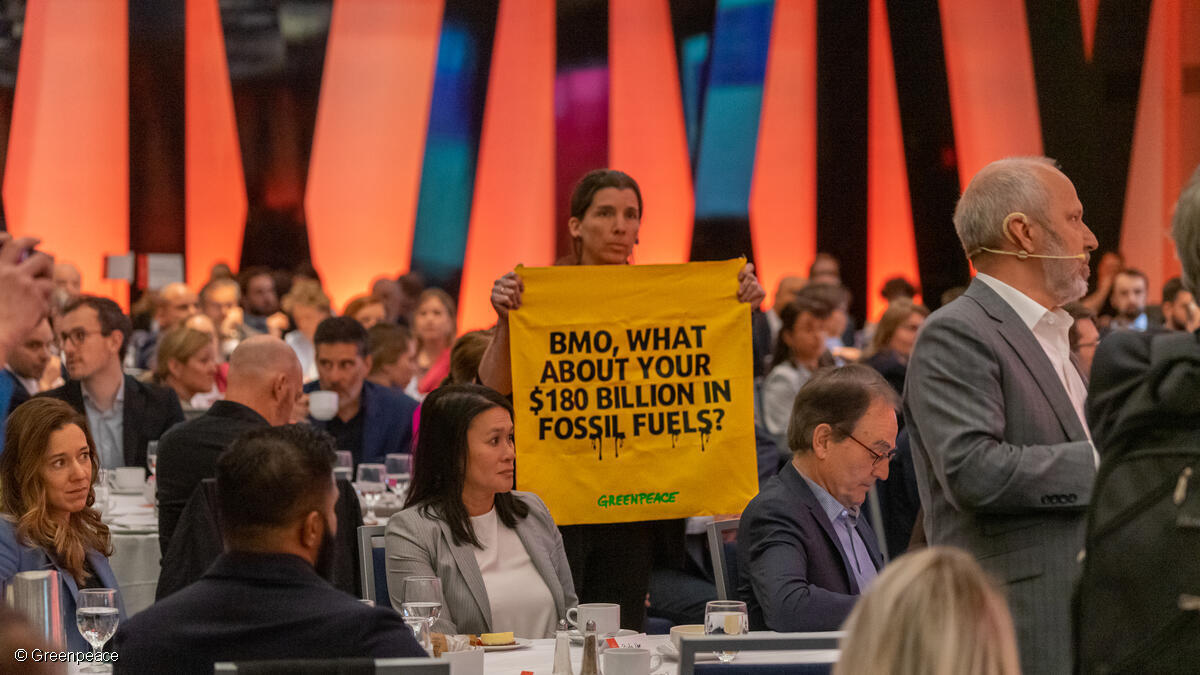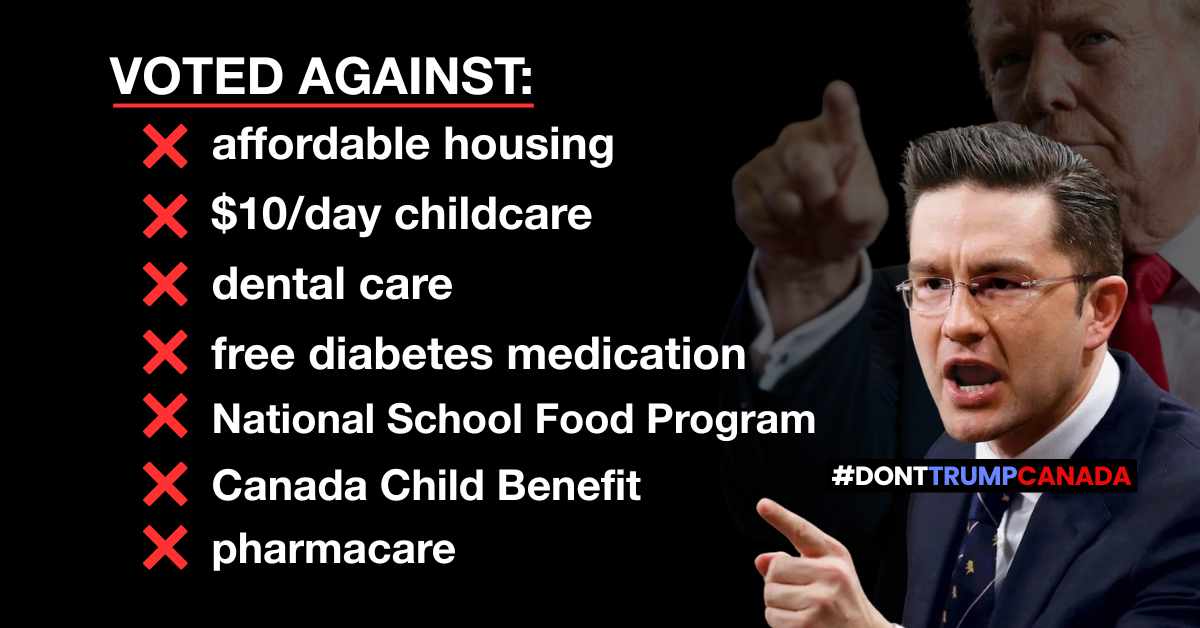
With World Cities Day coming up at the end of the month, there is no better opportunity to reimagine our cities for a greener and just future. This year’s theme is focused on ‘Valuing Our Communities and Cities,’ and rightly so as people and communities are the heartbeat of their cities. Nearly 55% of us live in urban areas, and that is rapidly increasing. For these population-dense environments, well-being is key to keeping city life vibrant and prosperous. Here is a short list on some great ideas and practices to reimagine a greener, healthier urban life:
Sustainable Transportation
The transport sector is the fastest growing contributor to the climate emergency. Counting roads and parking lots, cars occupy an average of 50% of a city. When we factor in the fact that an average city dweller might spend 100 hours in traffic jams every year, there is a cause for concern – for both our health and climate.
While COVID-19 has encouraged more remote work, there is still a need to move about our environments, out of need or necessity. Cities should be made for people, not cars. Redesigning our cities transport system can mean supporting public transit and advancing electrification by building better trains and bus systems, making public transit more affordable, expanding bike lanes, making streets safer to walk, having car-free zones, or even banning cars from cities altogether. Sustainable transportation comes in many forms, keeping us fit and reducing air pollution.
Bigger Better Greener Spaces
As city real estate gains economic value over time, open green spaces and public places have been overshadowed by skyscrapers and parking lots. Cities are thought of as concrete jungles, but it doesn’t have to be this way. Studies have shown that when surrounded by nature, be it parks, urban gardens or a forest, our mental and physical health is greatly improved. Making these spaces accessible to all walks of life is key for community well-being.
Trees and green spaces can easily mitigate the ‘urban heat island effect,’ as well as the smog that comes with the density and pollution in cities. In some parts of Montreal, for example, we have witnessed an average drop of 5 degrees Celcius on a hot summer day in a street lined with mature trees, as opposed to one without. The climate regulation potential of a city with a greater tree canopy offers an extra barrier to life-threatening heat waves. This is just one example of its benefits. Being outdoors, amongst trees, has also been linked to a reduction in depression levels, an improvement to the immune system, along with faster recovery rates from surgery.
Restoring urban tree canopies, protecting forests and wetlands, as well as creating parks and community gardens are nature-based solutions which help regulate the climate and encourage biodiversity. Lush green spaces not only store carbon, they can also hold water like a sponge. With greater green spaces, restored riverbanks and corridors, cities can save a great deal on municipal costs related to stormwater management, and flood control. This requires changing land-use expectations, where nature is left to carve out the landscape, and not humans. Green roofs also absorb water and insulate homes. In fact, a green roof can help slash energy bills by up to 20%. Flat rooftops in particular are great real-estate capable of becoming a green oasis. Here one can grow vegetables, herbs and flowers, and enjoy the company of birds and pollinating insects, such as butterflies. For every dollar invested in natural infrastructures, we gain between $3 to $15 of environmental, social and health benefits. It is time to invest in nature-focused jobs to create vital green urban sanctuaries.
Food Forests and Beyond
The pandemic has unveiled a food system that was already in crisis. Consider that 58% of the food we produce in Canada is wasted every year and yet, 4 million Canadians do not have enough to eat. Our global food system is also cooking the planet, causing up to 37% of greenhouse gas emissions while driving deforestation and biodiversity loss. Local, short-circuit, and in-season food production can significantly curb food insecurity, wasted food, and its impact on our planet.
It is said all the world’s problems can be solved in a garden. This year, nearly 20% of people across Canada started gardens through ‘quarantine gardens, or ‘gardens of hope’, to bolster local food production and support their food insecure neighbours. However, the biggest struggle is accessing the land, tools, and resources to grow the nutritious food their communities need. Some bylaws, for example, stop homeowners from growing food on their front lawn and don’t allow them to keep chicken coops. Even if your city has changed its bylaws, what happens when you don’t own land? Local governments have the power to provide more space and resources to get our cities and towns growing.
This is a chance to fix our broken food system – permanently. Cities need to provide more municipal lands for growing food and supply people with the tools and education they need. With the right policies and support in place, we can ensure a path towards food justice and resilience, be it through: food forests, roof-top gardens, community orchards, seed banks, compost distribution, wild gardens, bee-hive programs, or knowledge-sharing and training in organic farming. Cities are absolutely capable of ensuring greater access to good food for all, while greatly reducing our environmental footprint.
Building Better Cities
While these are only a few areas of potential improvement to build better cities, for people and nature, the benefits are countless. There are many more areas, such as better recycling programs, circular economy, and eco-tourism. However, all of these will require deliberate political determination and action, as well as responsible budgeting. It is important to remember that citizens are at the heart of all of this.
How do you want your city to #BuildBackBetter?



